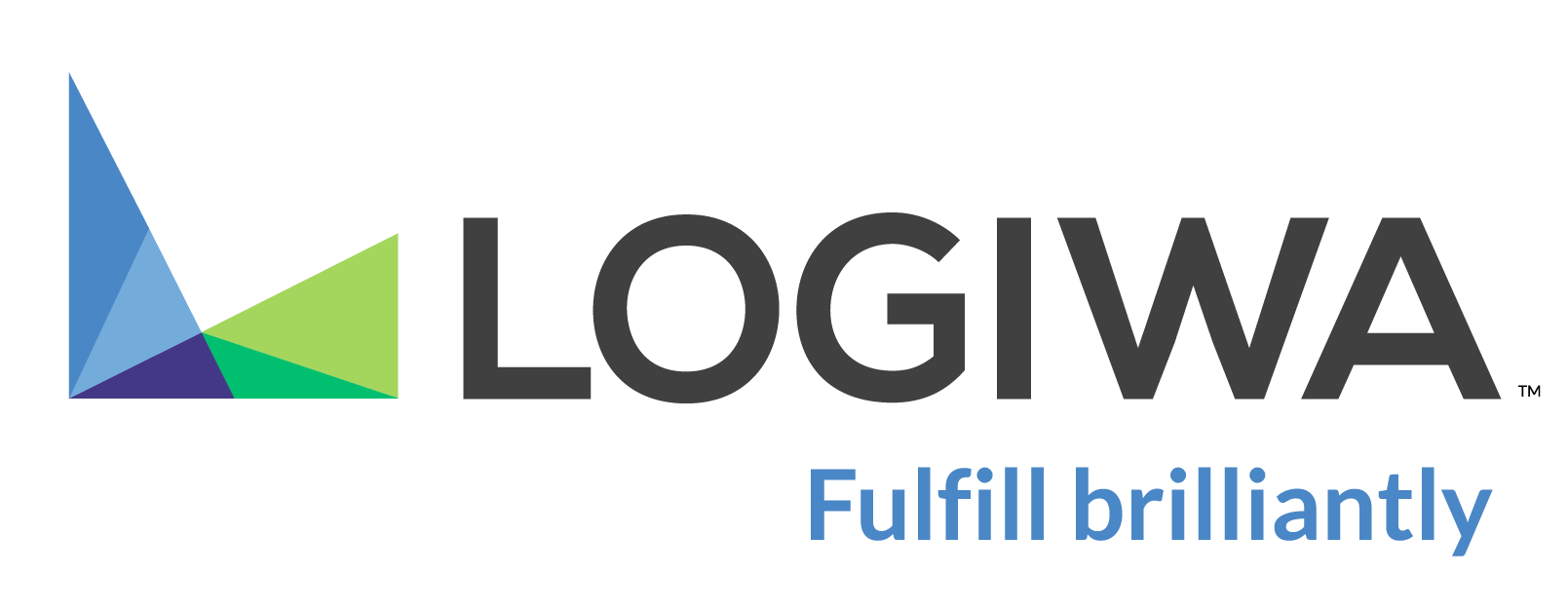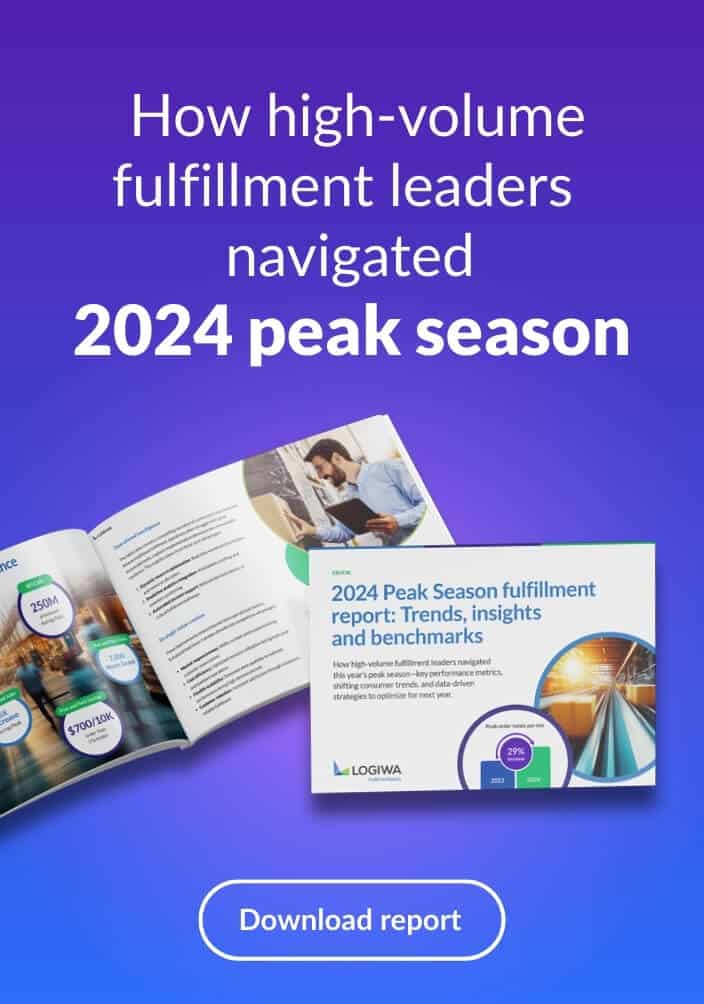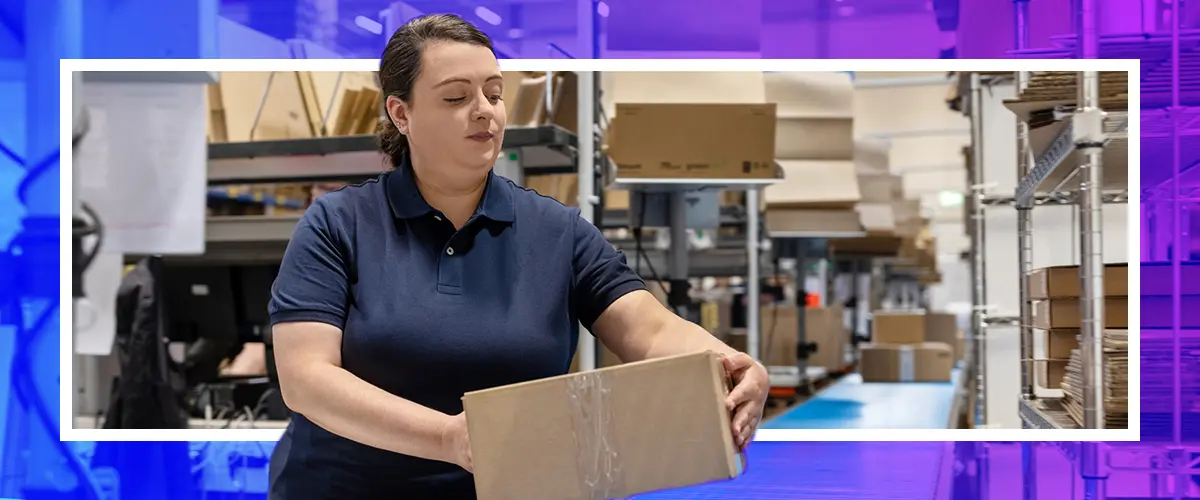Thanks to the popularity of services like Amazon and Temu, customers now expect speed and accuracy for their orders. As such, high-volume logistics companies must choose the right tools to stay ahead of the curve.
That’s where modern, cloud-native 3PL fulfillment software comes in. These tools provide the scalability, automation, and visibility required to keep up with rising demand. In this guide, you’ll find a clear, structured process for identifying the right 3PL high-volume fulfillment software, evaluating essential capabilities, and choosing logistics software.
- The foundation of high-volume 3PL success
- Step 1: Understanding your needs before you shop
- Step 2: Evaluating essential 3PL fulfillment software features
- Step 3: Strategic considerations for scalability and growth
- Step 4: Assessing support, training, and costs
- Step 5: Leveraging recommendations and reviews
- A strategic investment in your 3PL’s future
- FAQs on buying 3PL fulfillment software
The foundation of high-volume 3PL success
Before you can assess 3PL technology features and pricing, you must understand how the right software can make or break a 3PL.
Beyond the basics: Why a strategic software choice matters
The best warehouse management system (WMS) for your 3PL company isn’t just another digital tool. It’s the backbone of your high-volume 3PL business. It drives efficiency, accuracy, and client satisfaction from the instant an order is placed to the moment it reaches the customer. This guide offers a structured, in-depth approach to analyzing and selecting fulfillment software that can handle both your current and future volumes.
Step 1: Understanding your needs before you shop
The first step is understanding your needs.
Assess volume, budget, and requirements
Determine your software’s baseline capabilities by documenting:
- Your current order volume
- Total SKU count
- The complexity of your transactions, such as kitting, bundling, or products with special handling requirements
Next, project your future growth. Consider seasonal peaks, promotional surges, and potential new client acquisitions.
Then, consider your budget components:
- Initial investment, such as licensing or subscription fees
- Implementation costs, including configuration, data migration, and training fees
- Ongoing expenses like maintenance, upgrades, cybersecurity, and additional user licenses
- Compliance and certification costs related to meeting industry standards (e.g., hazardous materials handling and cold chain certifications)
Finally, create a detailed list of non-negotiable requirements. These may include integrations with specific ecommerce platforms or ERP systems, billing models, and compatibility with hardware like automated conveyors.
Consider the type of inventory you manage and any related compliance needs. Cold storage, high-value goods, and regulated products may require specialized features, additional documentation, or adherence to strict industry regulations.
Unlock a personalized tour of Logiwa IO
Step 2: Evaluating essential 3PL fulfillment software features
Once you understand your needs, begin evaluating the essential features of 3PL fulfillment software.
Core WMS functionality
Since 3PL fulfillment software is the backbone of your company, vetting WMS solutions for their core functionalities is vital. Look for a WMS that offers the following core functions natively:
- Inventory management: Look for WMS functionalities that go beyond simple tracking. Features such as real-time fulfillment visibility, lot and batch control, and expiration date management using FEFO (First Expired, First Out) or FIFO (First In, First Out) methods can prevent costly mistakes and ensure compliance.
- Order management: The best 3PL software automates order routing, allowing the fulfillment center closest to the customer to handle each order. It should also provide multi-channel support, ensuring smooth processing for sales from multiple marketplaces. Rule-based workflows further reduce errors and speed up orders.
- Shipping and tracking: Finally, your WMS should integrate seamlessly with multiple carriers, secure the most cost-effective shipping option through rate shopping, and automatically generate labels for tracking.
Automation, reporting, and integration
Besides managing core warehouse tasks such as inventory and order management, a modern 3PL fulfillment platform should also actively optimize warehouse operations through automation, reporting, and integration. Here’s how each plays a role:
- Automation: AI and machine learning can automate repetitive tasks like picking logic optimization, billing, and exception handling based on real-time order priorities. This frees your team to focus on higher-value tasks, boosting efficiency and reducing errors.
- Reporting and analytics: Robust, customizable dashboards are vital for tracking key performance indicators (KPIs) and monitoring operational health. Another must-have is client-facing portals, which give customers direct visibility into orders, increasing transparency and trust.
- Seamless integration: Your WMS should effortlessly connect with ecommerce platforms, ERPs, and carrier systems through open APIs and pre-built integrations. These connections ensure that data flows smoothly between systems, reducing downtime and the need for costly, error-prone manual entry.
Step 3: Strategic considerations for scalability and growth
After identifying the features your 3PL warehouse automation software needs, you must evaluate how well each solution can grow with your business.
Is the software built for 3PLs?
Determine whether the software is a generic WMS or a fulfillment management system (FMS) specifically designed for the complexities of multi-client 3PLs. Advanced FMS platforms like Logiwa IO provide capabilities beyond what a traditional WMS can offer, including:
- Multi-client management: WMS often focuses on single-warehouse inventory management and operations. Meanwhile, FMS boosts the ability to process and route omnichannel inventory and orders across multiple fulfillment centers.
- Location-based multi-tenant slotting: Unlike most WMS solutions, an FMS provides location-based multi-tenant slotting, a more fluid approach to space utilization where storage locations are shared across multiple product lines or clients. This maximizes available warehouse capacity and also allows inventory to be allocated dynamically based on seasonal shifts, demand velocity, and client priorities.
- Automated client-specific billing: Unlike most WMS solutions, an FMS also empowers you to streamline your invoicing with automated, client-specific billing rules — no manual processing required.
The power of cloud-native warehouse management
Cloud-based supply chain software provides the scalability to add new users, capabilities, and locations without expensive infrastructure upgrades. Since it’s accessible from anywhere you have an internet connection, your team can manage and monitor operations in real time from multiple locations. These systems also reduce IT overhead since you don’t need to make manual updates or pay for server maintenance.
Step 4: Assessing support, training, and costs
Next, determine the support, training, and costs associated with adopting your chosen cloud-based WMS. This step helps determine whether the software is a worthwhile investment or if you should consider an alternative.
Evaluating support and training
To evaluate the costs spent on support and training, consider asking vendors the following questions:
- What’s the average implementation timeline?
- Do you provide dedicated account managers or teams?
- How do you handle support requests during off hours?
- Are training resources updated regularly for new features?
Look for vendors who can establish a strong relationship with you. The better a vendor can understand your goals, strengths, and weaknesses, the better they can help you achieve your targets.
Understanding pricing and hidden costs
3PL software can have a variety of pricing models. These include:
- Per-user models charge per user
- Volume-based models are based on transaction or order counts
- Flat-rate models provide predictable costs for stable volumes
Unfortunately, some 3PL software pricing models come with hidden fees, such as implementation charges, integration fees for non-standard connections, and annual maintenance or upgrade costs. To avoid these fees, choose a transparent provider that clearly outlines all costs before committing.
Step 5: Leveraging recommendations and reviews
The final step is to validate your choice by looking beyond vendor claims and assessing how other 3PL companies evaluate them.
The value of peer insight
To see how 3PL fulfillment software performs in the real world, look for reviews and recommendations from other 3PLs, particularly those in a similar growth stage or niche. Detailed customer reviews and case studies are particularly helpful, especially when they provide measurable results, such as reduced fulfillment times.
A strategic investment in your 3PL’s future
Choosing suitable fulfillment software is a strategic decision that touches every aspect of a 3PL’s operation. The most effective way to ensure a strong return on investment is to define your needs, evaluate 3PL software features, prioritize scalability, and carefully weigh the total cost of ownership alongside the strength of the vendor partnership.
If you’re looking for a cloud-native, scalable, and AI-powered 3PL FMS, consider scheduling a Logiwa IO demo today. Trusted by growth-focused 3PLs like Flexport, eShipper, and ShipCube, Logiwa IO delivers 99% same-day shipping, up to 100% uptime, and enables up to over 10 times more orders shipped, helping your business scale without compromising efficiency.
FAQs on buying 3PL fulfillment software
What is 3PL fulfillment software?
What's the difference between a WMS and a Fulfillment Management System (FMS)?
What are the key features of 3PL fulfillment software?
Why is a cloud-native architecture important for 3PL software?
How does 3PL fulfillment software support business growth and scalability?
Who benefits most from using dedicated 3PL fulfillment software?
How can I evaluate if a 3PL software solution is truly scalable?
First, examine the architectural foundation. Confirm that the platform is genuinely cloud-native, not simply a legacy on-premise application that has been moved to a remote server (“cloud-hosted”). True cloud-native architecture is built using microservices and is designed for the elasticity and resilience necessary for high-volume fulfillment.
Second, scrutinize its performance under load. Request detailed case studies and performance metrics from the vendor’s existing clients, particularly those with high order volumes or significant seasonal peaks, such as during the Black Friday/Cyber Monday period. Concrete data, such as the ability to enable a significant increase in orders shipped without system failure, provides tangible proof of scalability.
Third, analyze the pricing model for its implications on growth. A scalable pricing structure should align costs with usage and value, such as a model based on order volume. Be wary of models that heavily penalize growth by charging exorbitant fees for adding more users, integrations, or warehouse locations, as these can create financial barriers to expansion.
Finally, inquire about the speed and efficiency of onboarding new clients. A scalable system is complemented by streamlined processes that allow a 3PL to set up and integrate new clients quickly. The ability to rapidly deploy the system for a new customer is a key indicator that the software can support, rather than hinder, business development efforts and allows the 3PL to confidently pursue new opportunities.





